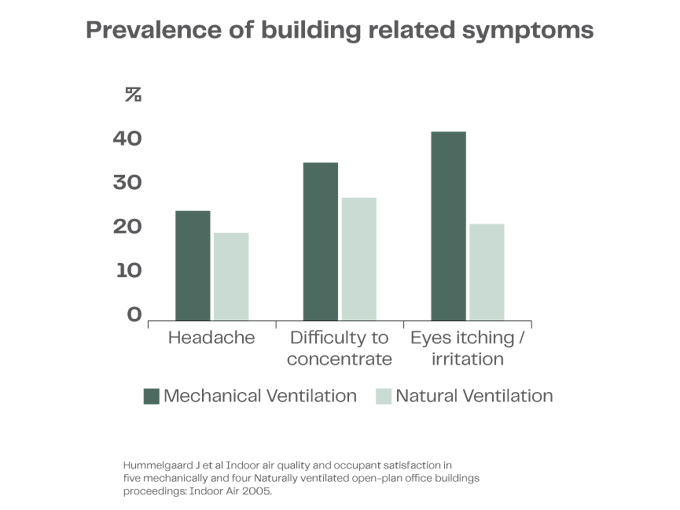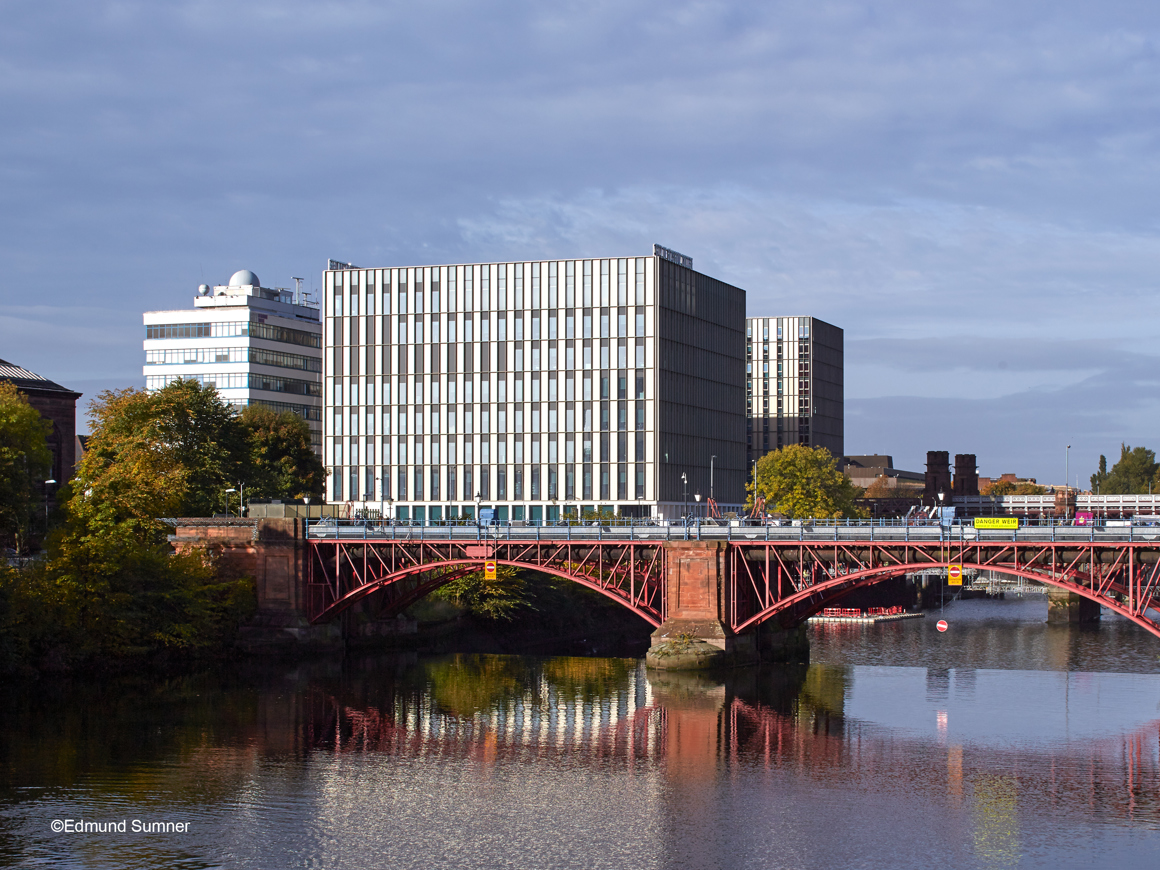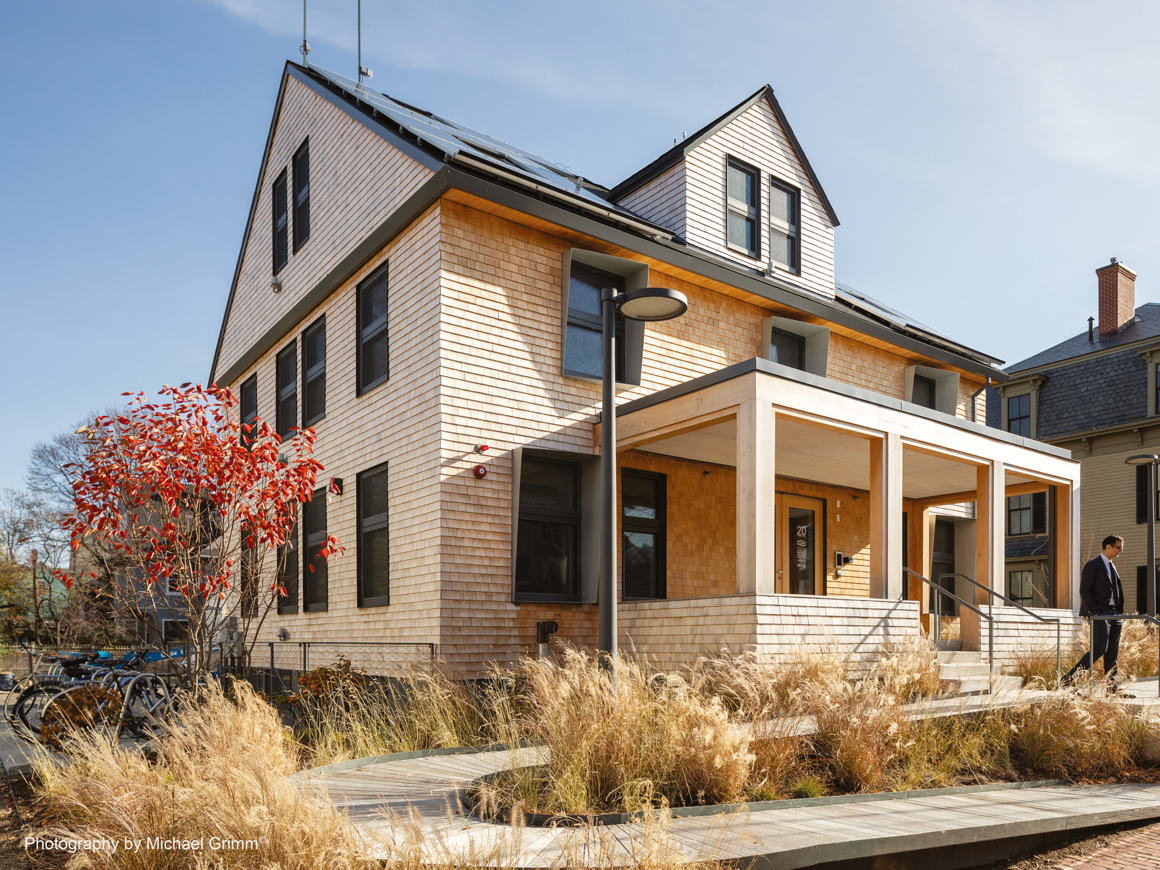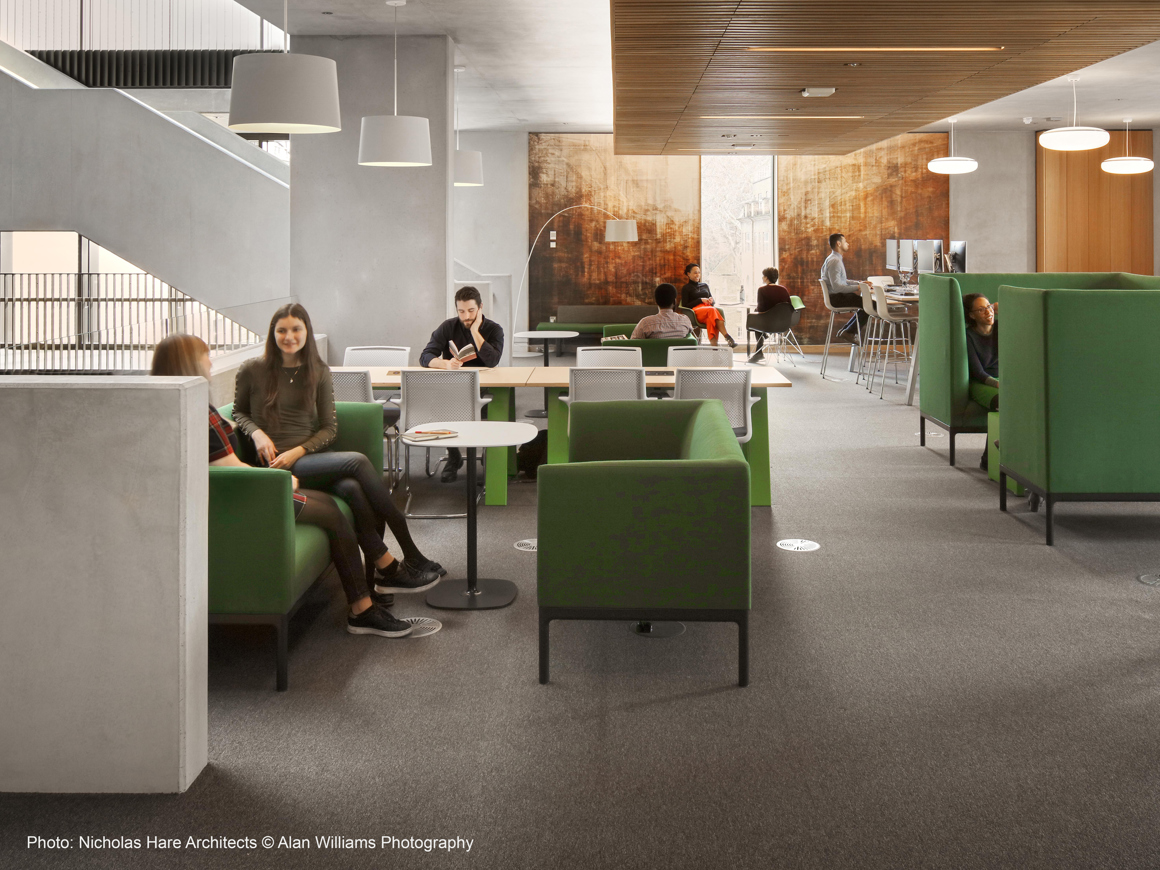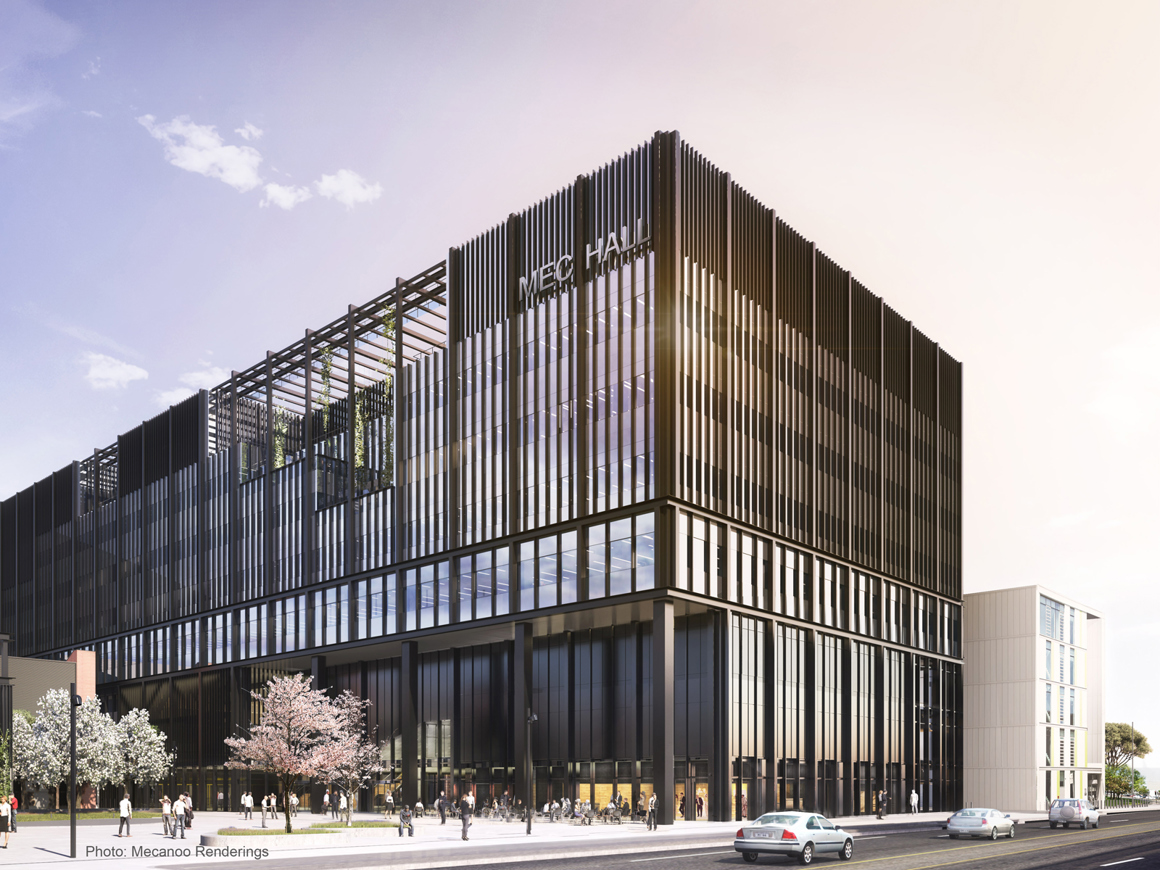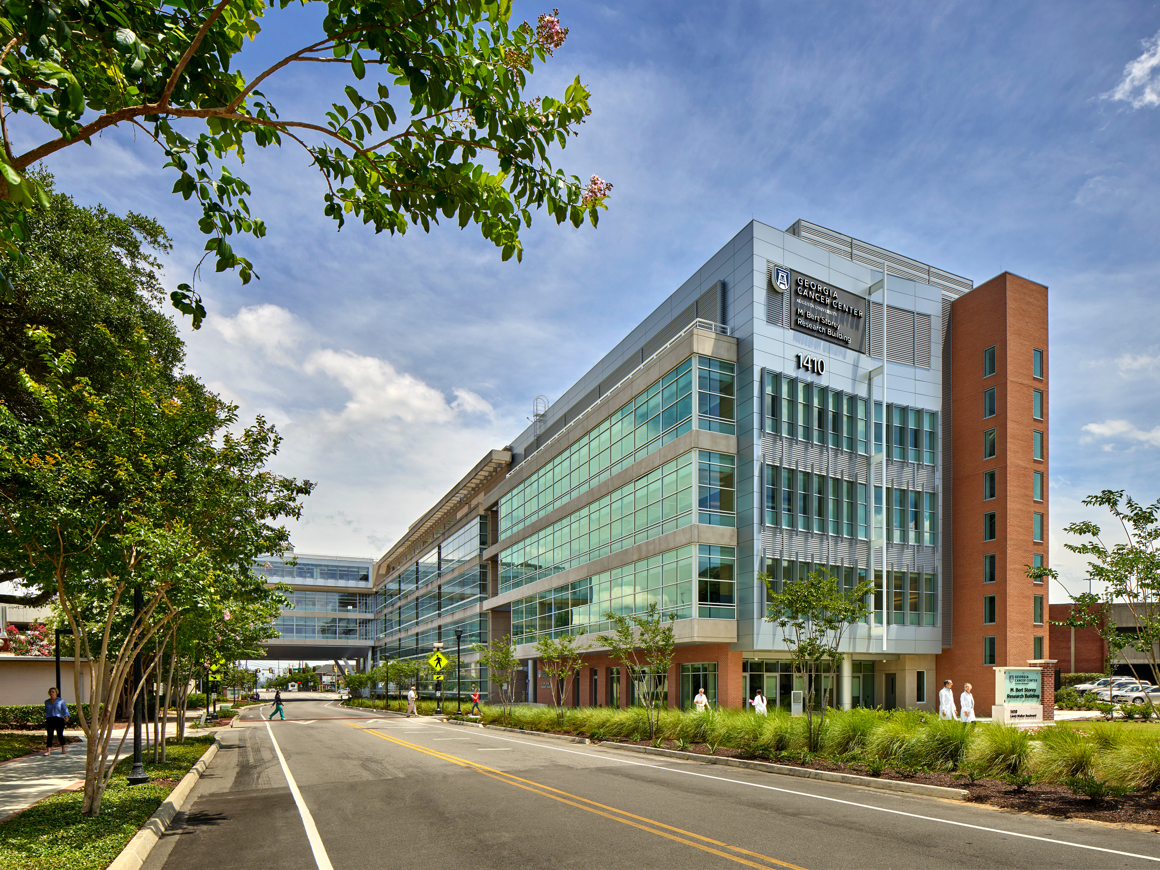Benefits of ventilation
Ventilation plays a crucial role in maintaining a healthy and comfortable indoor environment. Whether it is through natural ventilation or mixed-mode ventilation systems, the benefits are numerous and significant. In this article, we will explore the top 10 advantages of ventilation and how it can improve indoor air quality and energy efficiency, among other things.
See our control systems1. Beautiful architecture
With automated natural ventilation, no unsightly pipework and duct penetrations are necessary, saving much-needed design space. Natural ventilation does not require suspended ceilings, meaning that you can increase ceiling heights. Moreover, natural ventilation allows more transparency and daylight through windows and other openings in the building.
Read about natural ventilation strategies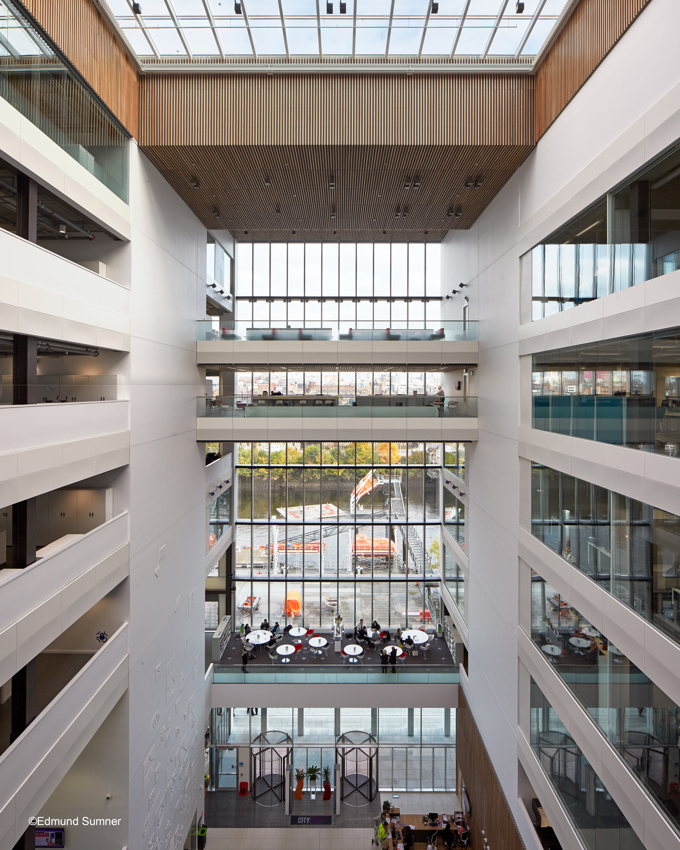
2. Lower energy consumption
Natural ventilation and hybrid ventilation consume less energy when compared with mechanical ventilation systems. Even less energy is consumed by the use of hybrid ventilation.
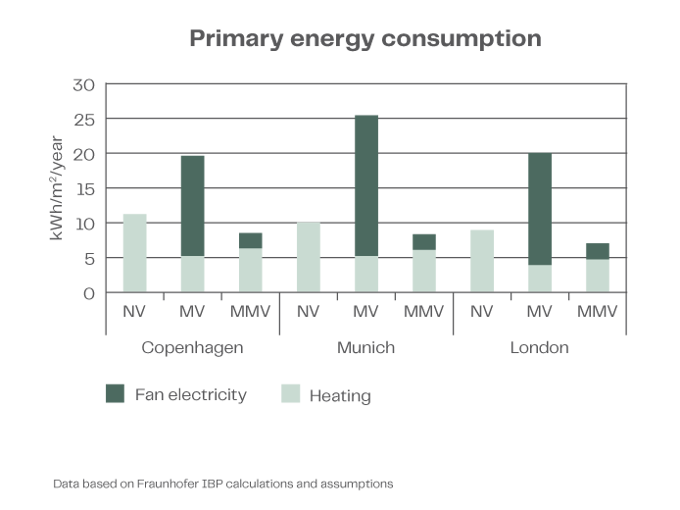
3. 100% use of space
You can make full use of the entire building floor plate and height, as no space is required for large air handling units and equipment rooms. A mechanical ventilation system occupies up to 6.5% of a building’s floor area compared to only 0.2% for a natural ventilation system.
See our actuator portfolio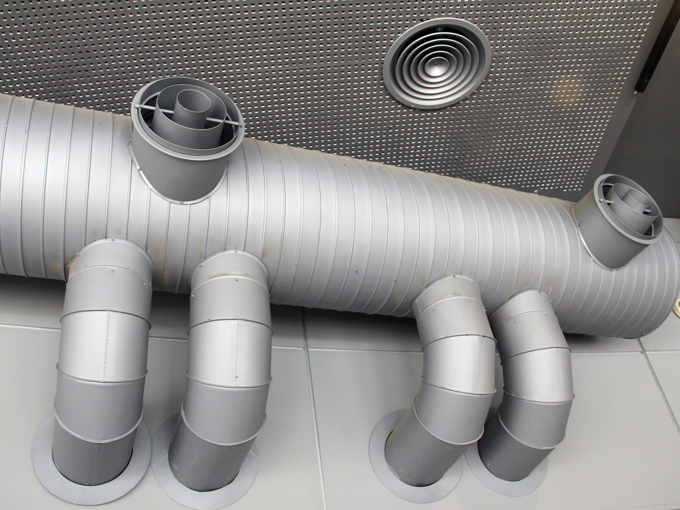
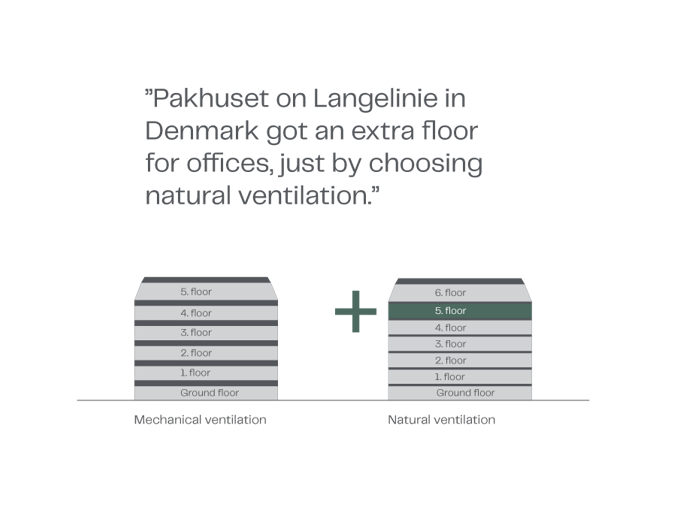
4. Low carbon for sustainable buildings
Buildings account for approximately 30-40% of total energy consumption, but intelligent natural ventilation offers a sustainable approach as it has low energy consumption and thus very limited CO2 emissions. If you choose automated natural ventilation, you can save 24-71% on carbon emissions compared to mechanical ventilation.
Our sustainability efforts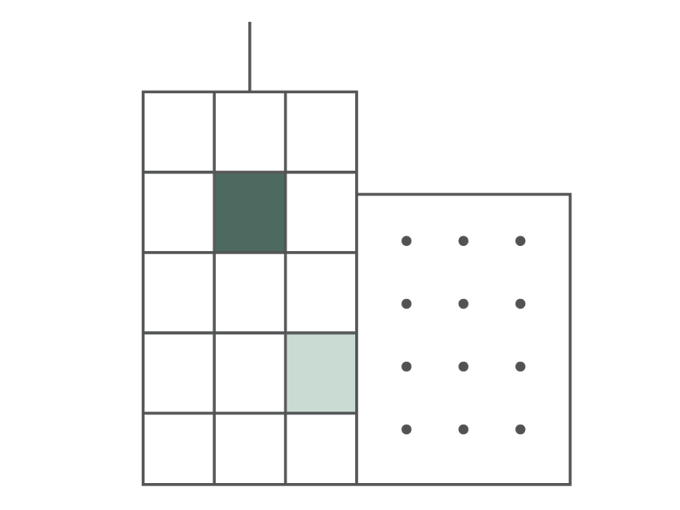
5. High user satisfaction
WindowMaster’s indoor control solutions can divide your building into different zones to more easily address occupant comfort. Users have the option to override the automatic control, meaning that the system allows occupants to meet their indoor comfort needs. In air-conditioned buildings, only 50% of the occupants are satisfied, whereas in naturally ventilated buildings, 77% of the occupants are satisfied with indoor temperature.
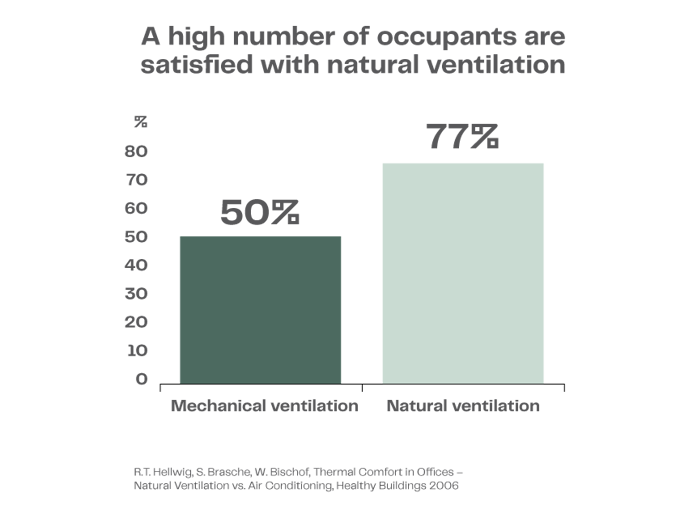
Project References
6. Gentle refurbishment and retrofitting
Retrofitting with automated natural ventilation can bring energy-saving and healthy ventilation to historic or protected buildings without the need to break through walls and ceilings to make room for large ventilation units. Actuators can easily be installed when upgrading old windows to new ones.
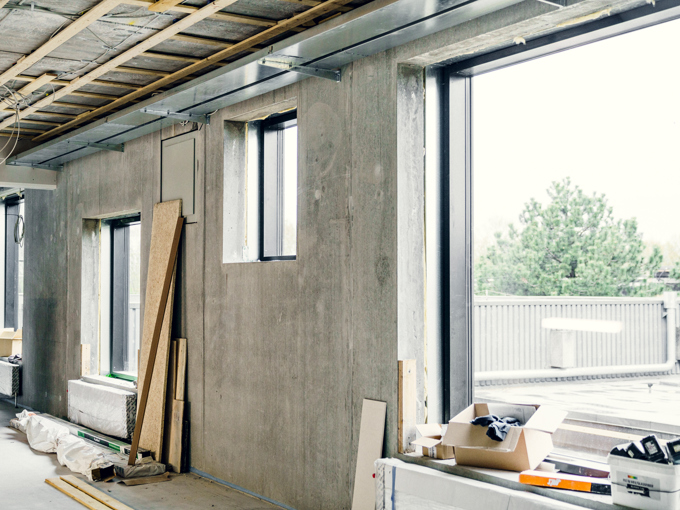
7. Fast refurbishment
The refurbishment can be completed very quickly, which allows the building occupants to have minimal disruption if you choose natural ventilation rather than mechanical ventilation. This may also enable you to avoid relocation of the building users while renovation takes place.
8. A better bottom line
Fewer and less expensive components and construction work are some of the contributing factors that make automated natural ventilation the low-cost option for a better indoor climate. Building life cycles cost (capital cost, operating cost, and maintenance) are around 5 times cheaper with natural ventilation compared to mechanical ventilation, and 2.5 times cheaper with hybrid/mixed mode ventilation. Furthermore, there is an estimated payback of as little as one year, and an average ROI of at least 120% for natural ventilation and mixed-mode systems, due to the energy, health, and productivity benefits.
Read: How your natural ventilation system can pay for itself
9. Minimal maintenance
There is little work to be done once the natural ventilation system is installed. With no filter replacement and no dirty ducts to be cleaned, time and resources can be spent on other things.
10. Healthy buildings and indoor climate
Studies show that occupants of buildings with natural ventilation have fewer building-related symptoms, such as headaches and eye irritation. Health expenses for occupants are also reduced by about 0.8-1.3% while also reducing respiratory illnesses, like asthma and allergies, by up to 90%.
